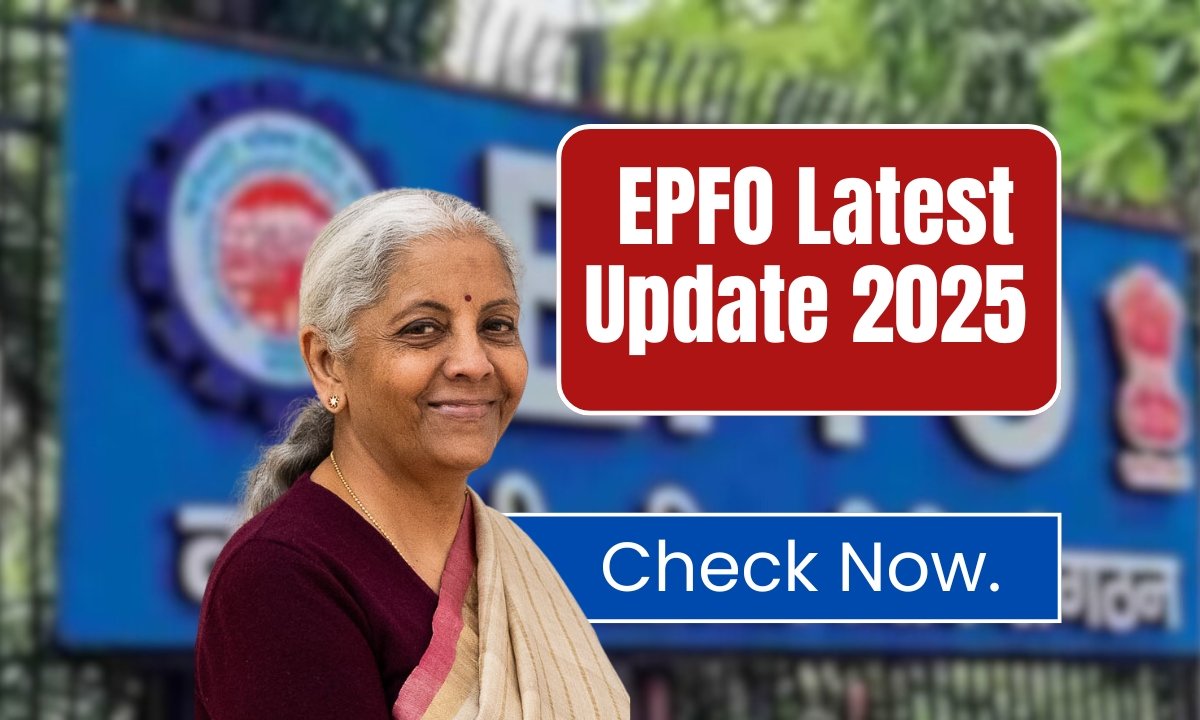With a storage of 32 crore Provident Fund accounts, the Employees’ Provident Fund Organisation (EPFO) offers retirement funds and much more. New-age features available digitally under EPFO 3.0 launched in 2025 enhance access and security for employees entering the workforce. Most PF account holders never really think about what all benefits their PF account is entitled to. This article outlines five major perks, from high returns to complete digital convenience, to help you get the most out of your PF savings.
High Yielding Investment Return
The EPFO-PF contribution must be injected into a diversified portfolio to gain a return of 8.25% for the year 2025, thus higher than a savings account. The portfolio invests 5-15% in ETFs, 45-50% in government bonds, 35-45% in debt securities, and 5% in Money Market Instruments. This ensures strong growth, yet low on the risk factor, compounded on an annual basis, providing funds for the long retirement needs, making PF an effective tool for building wealth over a long period.
For Pension Security with EPS
If an employee has been contributing to the EPS for at least 10 years or till attaining the age of 58 years, whichever comes earlier, he is entitled to a monthly pension. The EPS pension is computed based on the length of service and the average salary of the last 12 months before becoming a member. It financial security after retirement. The new rules effective from 2025 also permit a proportionate pension in respect of contributions made above the current limit of ₹15,000 wages, which obviously is a higher amount of pension and is of real security to higher wage earners. This right is often neglected but plays an important role in retirement planning.
Flexible Partial Withdrawals
One may avail of partial withdrawals for meeting critical needs such as marriage, education, and medical emergencies, wherein only minimal documentation is required if one has linked Aadhaar, and PAN, and Bank details with the UAN. After the completion of 7 years, members can avail of withdrawal up to 50% of contribution for marriage or education and 6 months’ medical expenses or salary for medical emergencies. With an auto-settlement limit of ₹5 lakh, claims are settled within 3–4 days as per the 2025 framework.
Tax Savings Under Section 80C
Contributions to PF accounts attract tax deductions up to ₹1.5 lakh as allowed under 80C of the Income-Tax Act. Furthermore, interest on PF is not taxable, and neither is the maturity amount, which makes PF an extremely tax-friendly investment. This means there is a reduction in taxable income while the savings grow, a feature much sought-after by employees trying to benefit from tax planning. The more regularly one deposits in their PF account, the greater the amount in their name with the increase of returns; this allows entry into this tax shelter.
Smooth Digital Access with EPFO 3.0
EPFO 3.0 entered 2025 with a bang, bringing several user-friendly digital features on board. Members can withdraw funds through an ATM, may transfer funds via UPI up to ₹1 lakh, and they may even manage their accounts through a mobile app for balance checking and claim filing. If your Aadhaar is linked with your UAN, you can even update your own details online without the need for employer approval, thus lessening the paperwork involved and providing greater transparency. These enhancements will fast-track and ease PF management.
Also Read:Big 2025 DA Hike Coming: Govt Employees Eye 60% Allowance Boost
